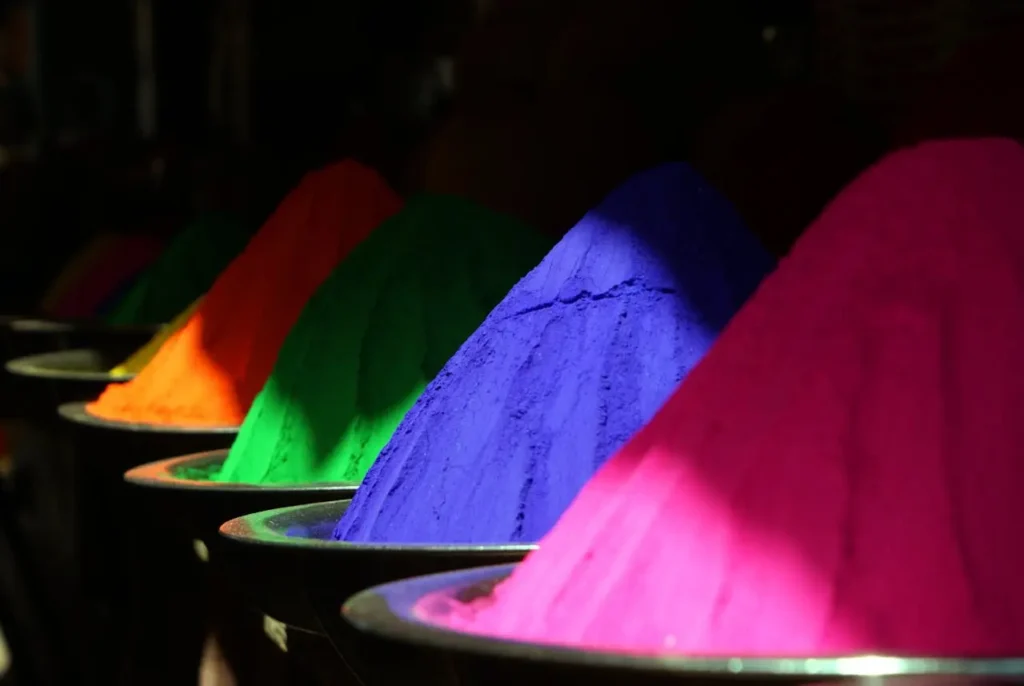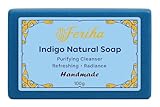
In recent years, herbal powders have surged in popularity due to their versatility and numerous health benefits. Among these is Moroccan Blue nila powder, celebrated for both its aesthetic and therapeutic applications. If you’re curious about how to make nila powder at home, this detailed step-by-step guide will walk you through the process.
Before diving into the specifics, it’s important to understand what nila powder is. Traditionally, nila powder, also known as indigo powder, is derived from the leaves of the Indigofera tinctoria plant. This plant has been used for centuries as a natural dye, and today it’s prized not only for its vibrant blue-green hue but also for its ability to promote healthy hair.
See our full Moroccan Blue Nila powder guide here.
Step 1: Source Quality Indigo Leaves
The foundation of any great nila powder lies in the quality of the indigo leaves you start with. For optimal results, source organic leaves that are free from pesticides or chemicals. You can either harvest them if you have access to an indigo plant or purchase dried leaves from reputable suppliers specializing in herbal products.
Step 2: Dry the Leaves Thoroughly
If starting with fresh leaves, the next critical step is drying them properly to retain their color and potency. Spread the indigo leaves out in a single layer in a well-ventilated, shaded area. Direct sunlight should be avoided as it can degrade the key compounds within the leaves. Depending on humidity levels, drying may take several days. The goal is to achieve a consistency where the leaves crack easily when bent.
Step 3: Grind the Dried Leaves
Once your leaves are completely dry, the next step in making nila powder is grinding them into a fine powder. This is best achieved with a high-powered blender or a mortar and pestle for smaller batches. The aim is to grind the leaves until no large pieces remain, producing a smooth, consistent powder that can be easily applied.
Step 4: Sift the Powder
To ensure the finest possible nila powder, run the ground leaves through a fine-mesh sieve. This will remove any remaining larger particles, ensuring your final product is silky and free of any grit. The finer your powder, the easier it will be to mix with other ingredients for use in various applications, from hair treatments to homemade dyes.
Step 5: Store Properly
Nila powder’s efficacy largely depends on how it is stored. Place your newly made powder in an airtight container, away from moisture and light. A cool, dark place such as a cupboard or pantry shelf is ideal. Proper storage will extend the powder’s shelf life, helping it maintain its beneficial properties for an extended period.
Benefits and Uses of Nila Powder
Understanding how to make nila powder is one side of the coin; knowing its benefits and uses is equally important. Traditionally used as a natural dye, this powder is increasingly recognized for its applications in natural beauty and wellness routines.
1. Natural Hair Color: Nila powder is renowned for its use as a natural hair colorant. When mixed with henna, it can create a range of shades from deep brown to black without the harmful chemicals found in synthetic dyes. It’s a boon for those seeking to enhance their hair color naturally and sustainably.
2. Scalp Wellness: Beyond coloring, nila powder is known for promoting a healthy scalp. Its antifungal and antibacterial properties can help with dandruff and other scalp conditions when used in natural hair masks or treatments.
3. Textile Dyeing: Artisans worldwide appreciate nila powder for its vibrant, natural dyeing capabilities. The deep blue it imparts is sought after in both traditional and contemporary textile crafts.
4. Skin Care: While less common, some skincare enthusiasts incorporate nila powder into masks and scrubs for its potential anti-inflammatory properties and skin-toning effects.
Conclusion
Creating your own nila powder can be a rewarding endeavor, offering a sustainable and customizable approach to natural beauty and crafting. By following this comprehensive guide on how to make nila powder, you’re empowered to produce a pure, effective product. Whether you’re looking to enrich your hair color routine or delve into natural dyeing projects, nila powder is a versatile addition to your toolkit. With its eco-friendly benefits and rich history, adopting nila powder into your daily life is not merely a step towards natural living, but also a connection to a time-honored tradition.
Last update on 2025-11-30 / Affiliate links / Images from Amazon Product Advertising API

